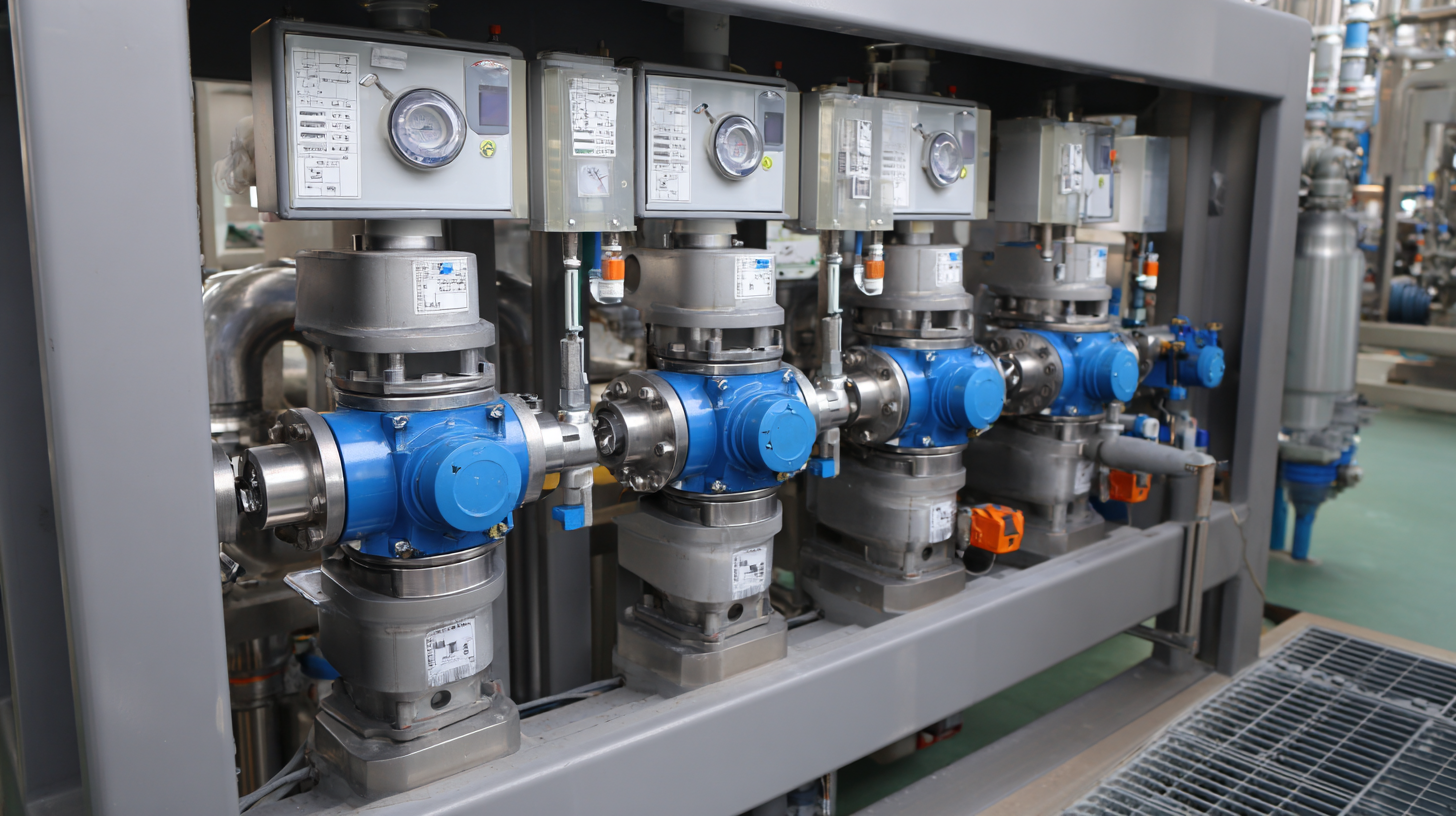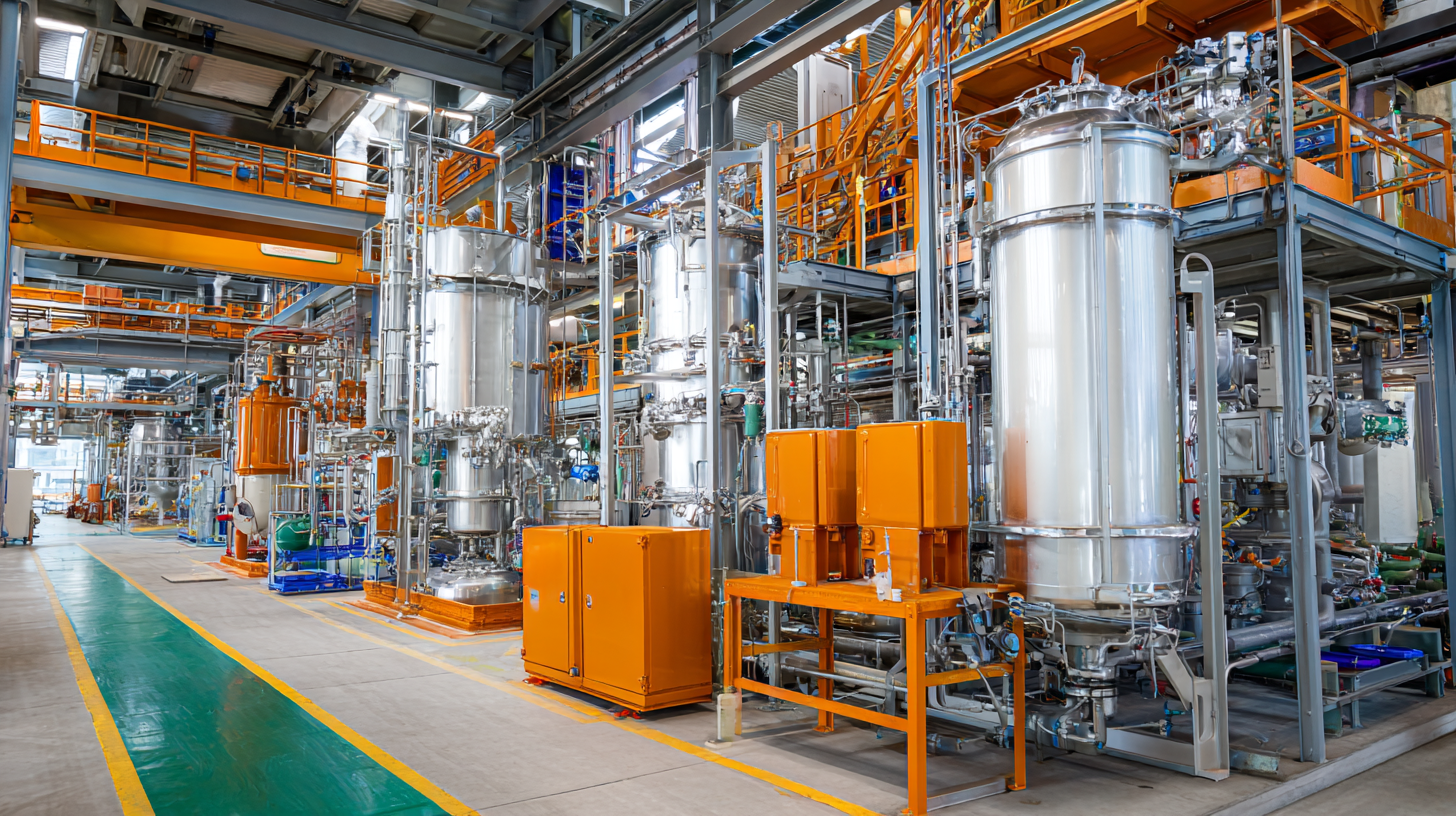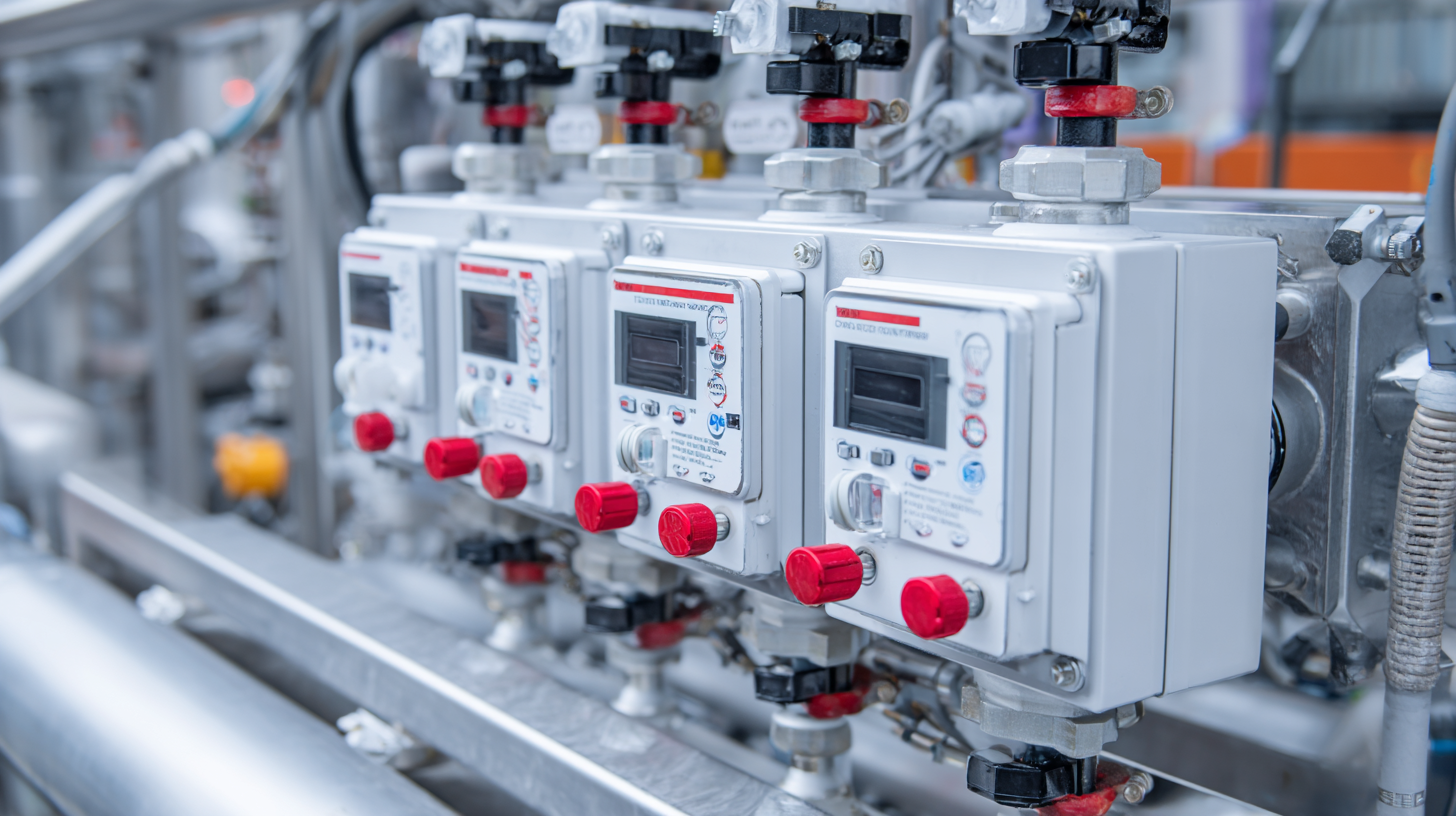In the realm of industrial processes, achieving optimal efficiency is paramount, and one of the key factors influencing this is Polymer Dosing Control. According to a recent industry report, facilities that implement precise polymer dosing can enhance their operational efficiency by up to 30% and reduce chemical costs by nearly 15%. As industries continue to prioritize sustainability and cost-effectiveness, mastering Polymer Dosing Control not only plays a critical role in meeting regulatory standards but also boosts the overall effectiveness of processes such as wastewater treatment and sludge management. This guide aims to delve deep into the intricacies of Polymer Dosing Control, providing insights and strategies that can help organizations navigate the complexities of polymer applications while achieving remarkable improvements in their operational workflows.

Effective polymer dosing control is pivotal in optimizing industrial processes, particularly in areas like wastewater treatment and mineral processing. The precise use of polymer flocculants for aggregating fine particles in mineral tailings suspensions plays a critical role in enhancing throughput and operational efficiency. By understanding the nuances of polymer activity, industries can maximize their resource utilization and achieve substantial cost savings, reflecting a broader trend towards efficiency and sustainability.
Moreover, the integration of innovative technologies, including artificial intelligence, offers unprecedented opportunities to refine polymer dosing strategies. AI-driven insights can lead to improved formulation development, real-time monitoring, and quality control throughout the dosing process. As industries aim to elevate their operational efficiencies, a comprehensive grasp of polymer dosing control becomes indispensable, ensuring that processes can meet increasingly demanding environmental regulations while also remaining economically viable. The focus on such advanced solutions not only enhances production capabilities but also reinforces the trend of data-driven decision-making across the industrial landscape.
| Application | Polymer Type | Dosing Rate (kg/h) | Process Efficiency (%) | Operational Cost ($/day) |
|---|---|---|---|---|
| Wastewater Treatment | Anionic Polyacrylamide | 50 | 95 | 100 |
| Paper Manufacturing | Cationic Starch | 30 | 90 | 80 |
| Oil & Gas | Polymer Gel | 70 | 92 | 150 |
| Food Processing | Gelatin | 20 | 88 | 60 |
| Mining | Polyacrylate | 25 | 85 | 70 |
Mastering polymer dosing control is critical for achieving optimal process efficiency, particularly in industrial applications. Understanding the key factors that affect polymer dosing efficiency can lead to significant improvements in operational performance. Insights from industry data reveal that variables such as dosage accuracy, mixing conditions, and the physical properties of the polymers themselves play a pivotal role in determining how effectively polymers can be dosed into processes.
Additionally, advancements in polymer formulations, including novel superdisintegrants like sodium starch glycolate and croscarmellose sodium, contribute to enhanced dosing efficiency. These materials not only improve the dispersibility of polymers but also optimize their interaction with various substrates. As industries increasingly rely on precise control mechanisms, leveraging these insights can facilitate better material performance, ultimately leading to reduced costs and increased yield in production processes.

Optimizing polymer dosing is crucial for enhancing process efficiency in various industrial applications. Recent advancements highlight innovative techniques that leverage machine learning (ML) to predict drug release behavior in polymeric drug delivery systems. According to studies, these ML strategies can significantly improve the accuracy of predictions, with a reported increase in prediction efficiency by over 30% compared to traditional methods. This shift not only streamlines the formulation process but also contributes to the customization of dosage forms, particularly beneficial in pediatric applications where traditional methodologies may struggle to cater to specific needs.
Furthermore, green and sustainable practices are emerging in polymer dosing control, reflecting a broader trend towards environmentally friendly methods in industrial processes. By integrating sustainable practices into polymer dosing, industries can reduce waste and enhance the overall ecological footprint of their operations. For instance, the isolation techniques employed in cellulose extraction from lignocellulosic biomass exemplify how leveraging green technology can improve material use and efficiency. These advancements signal a shift towards a more sustainable approach in polymer applications, aligning with global efforts to innovate while prioritizing environmental responsibility.
Accurate polymer dosing is crucial for optimizing process efficiency in various industrial applications. Implementing real-time monitoring technologies can significantly enhance the accuracy of polymer dosing, allowing for precise control over chemical reactions and product quality. By integrating sensors and automation systems, manufacturers can continuously track the flow rates and concentrations of polymers, responding to changes instantly. This real-time data not only helps in maintaining optimal dosing levels but also reduces the risk of overdosing or underdosing, which can lead to costly waste and production interruptions.
Moreover, real-time monitoring facilitates data-driven decision-making. Operators can analyze dosing performance metrics and adjust parameters proactively, ensuring that the processes remain stable and efficient. The system can automatically alert staff to any deviations from the desired dosing parameters, allowing for quick intervention. By leveraging advanced technologies such as IoT devices and AI analytics, companies can achieve a more dynamic and responsive approach to polymer management, ultimately leading to improved production outcomes and reduced operational costs.

Effective polymer dosing control is pivotal in enhancing process efficiency across various industries. In wastewater treatment, for instance, facilities employing precision dosing mechanisms have reported significant improvements in flocculation and sedimentation processes. A case study from a municipal wastewater plant demonstrated that optimizing polymer dosage not only reduced chemical costs by 20% but also improved the overall clarity of treated water, thereby ensuring compliance with stringent environmental regulations.
In the oil and gas sector, polymer dosing plays a crucial role in enhancing drilling fluid performance. A notable case involved a drilling company that adjusted their polymer dosing strategy, leading to a 30% reduction in fluid loss and improved hole stability. This not only streamlined operations but also minimized the environmental footprint associated with drilling activities. These examples illustrate that effective polymer dosing control can drive efficiency and reduce operational costs, while simultaneously promoting sustainability across diverse industries.
